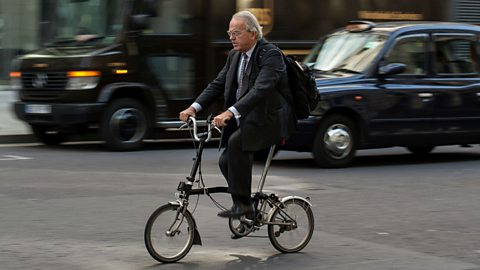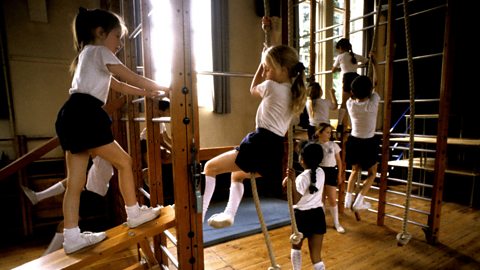Health
healthBeing free from injury, disease or general illness. can be defined as 'complete physical, mental and social wellbeing and not only the absence of illness or infirmity'. This is an interesting definition as people tend to feel they are healthy simply when they do not feel ill. This definition clearly describes that health is much more and involves feelings of happiness, social interaction and energy.
The components of health are:
Fitness
fitnessThe ability to meet the demands of the environment. can be defined as 'the ability to meet the demands of the environment' and relates to how physically demanding life is. Therefore, a person doing an office job requires lower levels of physical fitness than an Olympic athlete. With so many people working in non-physical or sedentaryTaking little or no physical activity as part of everyday living. jobs this means that the fitness requirements of society decrease, leading to a heavier and less mobile society. In this negative context, health levels tend to decrease and people take part in much less exercise.
Exercise
exercisePhysical activity that helps to keep the body fit. can be defined as 'a form of physical exercise done to improve health or fitness or both'. It is recommended that adults and children follow different activity routines in order to maintain good health and fitness:
Adults - five sessions of thirty minutes activity per week. The activity should be physical enough to cause the adult to breathe more deeply and to begin to sweat.
Children and young people - seven sessions of sixty minutes per week. At least two of these sessions should be of high intensity exercise such as running, jumping or cardiovascular based sports. The seven hours may be spread out over the course of a week.


In this context it becomes essential that physical exercise is built into the structure of the typical day. Good examples of this could be walking or cycling together to work or to school, taking part in games together in the back garden and participating in active experiences at the weekend such as walking in the countryside or going for a bike ride. Children learn a great deal from their parents and therefore it is important that parents present active role models and opportunities for their children.
The cyclical relationship between health, fitness and exercise
The consequences of a sedentary lifestyle
If a person does not take part in regular physical activity, exercise or sport then they are at risk of a number of illnesses and negative effects such as:
- weight gain or obesity
- heart disease
- hypertension (high blood pressure)
- diabetes
- depression
- increased risk of osteoporosis
- loss of muscle tone
- stress
- atherosclerosis
- poor self-esteem
- poor body image